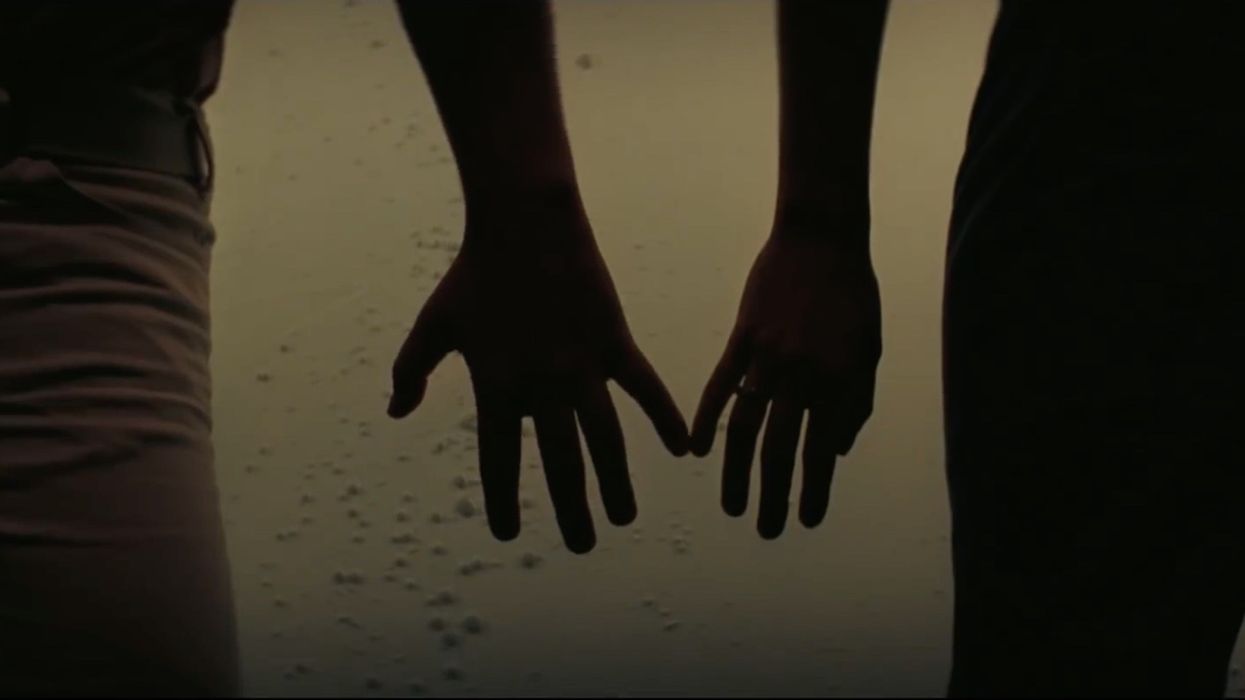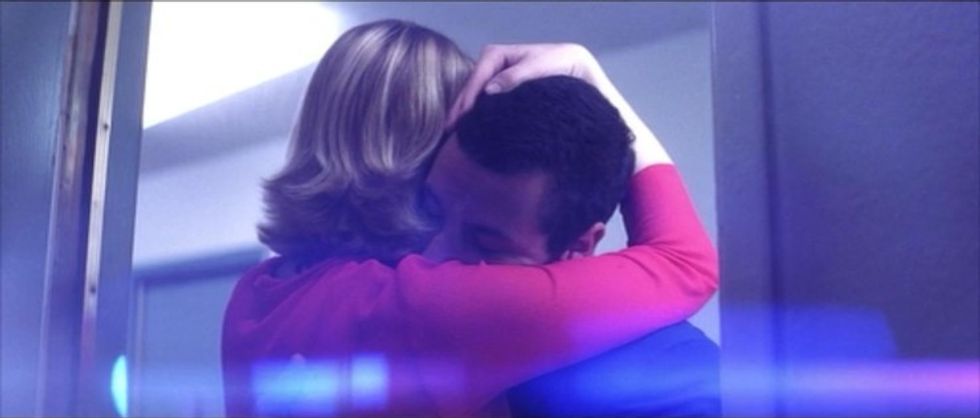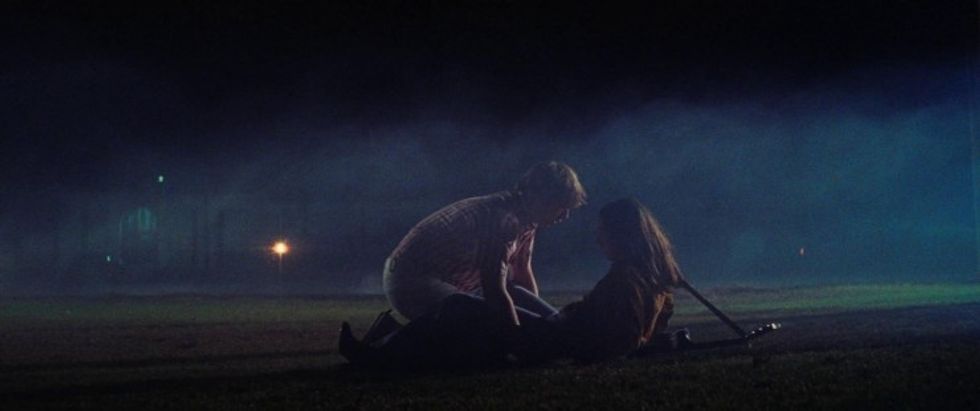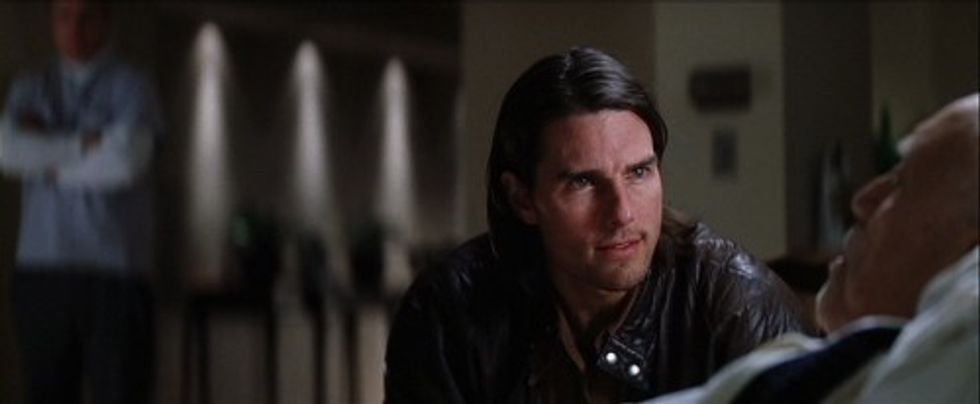How To Write Complex Love Like PTA
Love is beautifully messy, so why not write it that way?

Falling in love doesn’t happen as it does in the movies. Hollywood’s depiction of romance often creates an idealized, surface-level version of love when, in reality, love is a much more complex and messy ordeal.
I’m not here to hate on the classic Hollywood rom-coms — I love these movies as much as anyone and they certainly have their appeal. But, when crafting love stories, it’s worth considering ways to make them more complex to draw out emotional truths that may be hard to talk about.
We are all deeply flawed humans and loving someone is always a process of understanding both your flaws and those of your partner. Characters and relationships that are more deeply flawed are not only more interesting but also more relatable. The key is to write these types of imperfect relationships without either endorsing them or passing judgment on them. In this way, depicting love for the wonderful mess that it is, is perhaps healthier for audiences than dreaming up a fairytale version.
If you want to learn how to make your romantic stories darker, but more complex and real, there’s no better filmmaker to analyze than Paul Thomas Anderson.
How to Write Love Like PTA
PTA’s films often depict romantic relationships that, on the surface, may seem toxic, but reveal that the line between toxic and true love is less clear-cut than we’d like to think.
PTA presents a portrait of love that entails seeing all of your partner's flaws and adoring them anyway. His love stories can be uncomfortably truthful and nonjudgmental about the ups, downs, and consequences of falling in love, but they are all the more rewarding to watch for it.
Let’s take a look at what goes into creating these complex depictions of romance.

There Are Plenty of Red Flags
Contemporary outlooks on romantic relationships tell us to run from a potential partner at any sign of toxic behavior. But PTA’s movies may suggest that it’s not always easy to separate the love from the messy person that comes with it.
PTA changes the tone of certain behaviors that we’re used to seeing made cute in conventional romantic stories. In Punch Drunk Love, PTA doesn’t soften Barry’s (Adam Sandler) sudden and violent outbursts. At the same time, he also doesn’t suggest that this behavior undermines or discounts the authentic love we’re seeing form between Barry and Lena (Emily Watson).
Typical love stories take what might otherwise be considered objectively creepy behavior and make it feel sweet, safe, and charming. By showing these behaviors for what they are, PTA creates an uneasy atmosphere. His characters take these behaviors to their limits yet, they are still received favorably by a lover.
PTA reminds us that not everything between couples and love is always going to appear safe, appropriate, or picturesque when judged from an outside perspective. The line of what we will accept from a partner isn’t always clear and might not be where we thought it was.

In Search of Understanding and Acceptance
The relationships in PTA’s films may be more functional than they appear because the characters do find partners who get them.
In Licorice Pizza, Gary (Cooper Hoffman)is a precocious kid who starts to grow out of his childhood acting career. On the other hand, Alana (Alana Haim) feels immature and stunted as a twenty-something woman who still hasn’t attained any of the accomplishments that are signifiers of adult life. The two share a yearning for something different than what they’re working through as well as a mutual understanding of feeling like a kid in an adult world.
Understanding each other also means making peace with the shortcomings of your partner. PTA’s characters connect by not attempting to hide their bad habits. The peace they form isn’t through abstaining from annoying behaviors, but through finding a way to allow for each other’s bizarre hangups while simultaneously meeting each other’s needs.

Self-Improvement as a Result of Love
While PTA’s characters may find acceptance in their partner's flaws, they do still improve themselves. They become less isolated and volatile, as well as more flexible and generous as a result of love.
This reveals a surprising truth of human behavior: we do change for the people we love, but that change has to come from within. This is often a result of feeling unconditionally loved and not being pushed to alter oneself. Characters like Barry Egan soon come to see how much more fulfilling life might be with a partner and how much strength that love can give them.
The fact that the characters’ acceptance of one another is mutual is a key difference between PTA’s love stories and movies where a romantic partner becomes an idealized love object or a vehicle for the healing of their troubled partner.

Is Love Worth the Risk?
Plenty of romantic movies pay lip service to the idea of risking it all for love, but PTA’s movies evoke that feeling of risk. At the same time, they suggest love is a necessary and important risk you must undertake to fully experience life.
None of the couples in PTA’s movies come together effortlessly. Love requires sacrifice and trust from each party, whether the challenge is submitting to our fear of rejection, grappling with a partner's exceedingly high expectations, going to lengths to care for them, making oneself vulnerable, or surrendering control.
However, love is not guaranteed and often these movies end without any assurance that things will remain happily ever after. The characters may end up together, but the long-term future of these relationships is never set in stone. This is an authentic reminder that love is never a fixed entity that you possess for good, but always evolving, requiring attention and effort.
Love is not what we’d expect it to be, but it is what we need. In the end, these characters have trust and understanding, which is what romance really is. PTA’s point seems to be that, in love, the bad also comes with the good — that love is nothing like it seems in the movies.
Let us know what you think of PTA's take on love in his films in the comments below!
Source: The Take

 "'Back Home"via Mercedes Arutro
"'Back Home"via Mercedes Arutro 'Back Home'via Mercedes Arutro
'Back Home'via Mercedes Arutro 









